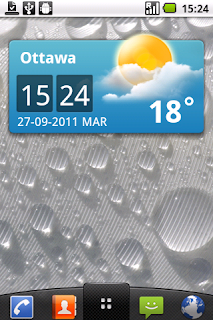OsX
| Resolution | Notes | |
|---|---|---|
| Icons | 1024 x 1024 pixels 512 x 512 pixels 256 x 256 pixels 128 x 128 pixels 32 x 32 pixels 16 x 16 pixels | |
| Toolbar icons (inside control) | 19 x 19 pixels | Outline style, recommanded to be black |
| Toolbar icon buttons | 32 x 32 pixels | Color with antialiasing |
| Sidebar icons | 16 x 16 pixels 18 x 18 pixels 32 x 32 pixels | Black and white with alpha, all three resolutions required |
iOS
| Resolution | Notes | |
|---|---|---|
| Icon for iPhone | 57 x 57 pixels | Suggested name: Icon.png. No shadow or round corners required. |
| Icon for iPhone with Retina Display | 114 x 114 pixels | Suggested name: Icon@2x.png. No shadow or round corners required. |
| Icon for iPad | 72 x 72 pixels | Suggested name: Icon-72.png. No shadow or round corners required. |
| Small icons iPhone (Spotlight and settings) | 29 x 29 pixels | |
| Small icons iPhone High Resolution (Spotlight and settings) | 58 x 58 pixels | |
| Small icons iPad (Spotlight) | 50 x 50 pixels | It trims the side pixels (safe area 48x48) |
| Small icons iPhone (settings) | 29 x 29 pixels | |
| Toolbar icons for iPhone | 20 x 20 pixels | Approximately |
| Toolbar icons for iPhone High Resolution | 40 x 40 pixels | Approximately |
| Toolbar icons iPad | 20 x 20 pixels | Approximately |
| Tab bar icons iPhone | 30 x 30 pixels | Approximately |
| Tab bar icons iPhone High resolution | 60 x 60 pixels | Approximately |
| Tab bar icons iPad | 30 x 30 pixels | Approximately |






